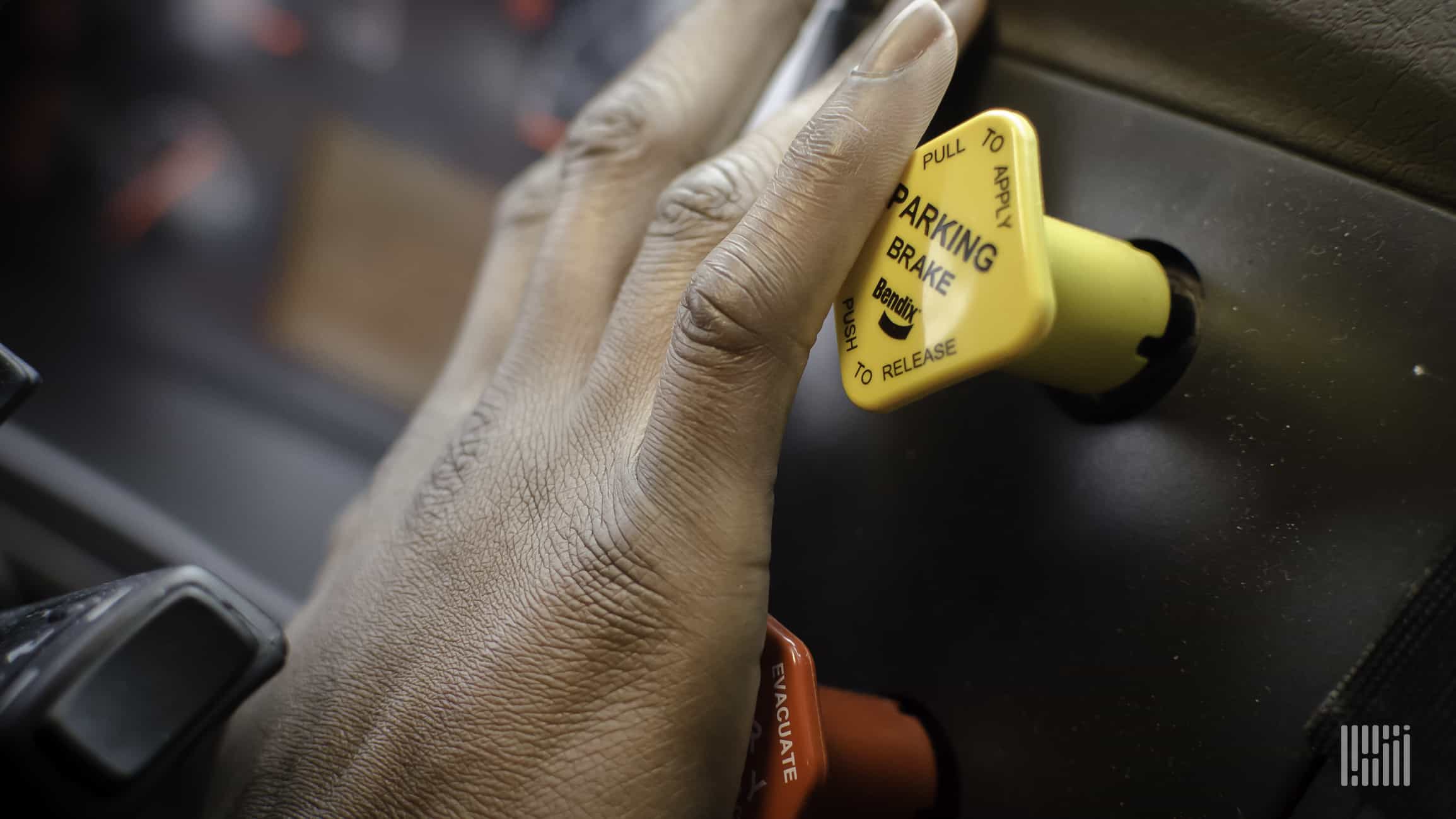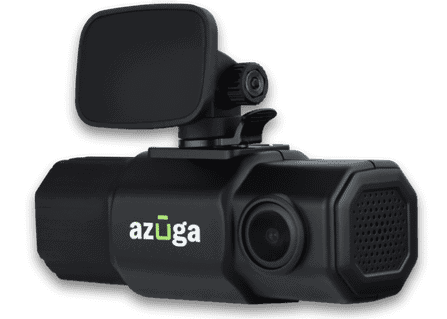Driver behavior monitoring is a vital part of efficient fleet management. Fleet tracking dash cams in combination with telematics can help improve driver safety and enhance fuel efficiency.
Dual cameras provide footage of the road and the interior of the vehicle. This is how you can proactively prevent accidents through training and accountability.
When incidents happen, you can access the footage to fully understand the cause and protect yourself and your staff in the event of a claim.
What Is Fleet Monitoring?
Fleet monitoring is a process that fleet managers use to track and trace their vehicles. They do this in real-time using a GPS system. This is how they track and trace the company’s moving assets.
Fleet monitoring has come a long way, and today telematics systems combined with fleet tracking dash cams offer managers more information than ever before. Integrated systems can help to improve driver safety and fleet efficiency. These systems are an essential part of an effective fleet management system.
How Monitoring Driver Behavior with Dash Cams Works
When connected to your telematics a dashcam becomes a powerful tool for monitoring and correcting driver behavior. Some webcams use artificial intelligence and can even detect signs of fatigue and alert the driver.
If the driver doesn’t react, the dashcam will warn the fleet manager of the problem. You can use dual dash cams and telematics in combination to check the following behaviors!
- Severe braking
- Speeding
- Hard acceleration
- Near miss accidents
- Non-compliance with traffic regulations
- Seatbelt use
- Full stops
- Cell phone use
Fleet managers can use this information to hold drivers accountable and for driver safety training. Driver accountability should ensure better driving habits and fewer accidents.
8 Steps to Monitor Driver Behavior with Dash Cams
Your dash cam investment should offer you many benefits including improved driver performance and the assurance that you have evidence in the event of an incident.
Still, you must choose the right fleet tracking dash cam if you want the best return on investment. We’ve listed some of the essential elements for fleet monitoring devices.
Step 1: Camera Angle
You’ll need the right camera to track driver behavior. Dashcams come in various forms including front, rear, interior, and dual dash cams.
- Front Dashcam: Mounted on the windshield, it records the road ahead.
- Exterior Dashcam: It records the area surrounding the vehicle.
- Rear Dashcam: This type records the road behind the vehicle.
- Interior Dashcam: These can be mounted anywhere in the vehicle including in the trailer to protect goods from theft.
- Dual Dashcam: This can record the road ahead and the drivers themselves. They’re designed to monitor driver behavior and activity in the vehicle without missing any of the action on the road ahead.
Step 2: Internet Connectivity
Most dash cams loop footage, meaning that they keep overwriting previous videos with new information. Unless you have internet connectivity when an incident occurs, you could find that the information is lost when it’s been recorded over.
Dashcams connected to the internet will send information to the cloud so you can access it at any time. You won’t lose your data through overwriting or memory card damage.
Step 3: Driver Monitoring Features
Driver behavior monitoring is all about accountability. When drivers know you’re watching, they are more likely to act responsibly. You can also use your driver monitoring system to identify driver training needs and improve driver safety.
Step 4: In-Cab Coaching
In-cab coaching detects unsafe driver behavior, sending real-time warning messages to drivers to encourage safer driving. They are designed to improve safety and efficiency in commercial vehicles.
Step 5: Automatic Event Detection
The cameras you choose for your fleet must include automatic event detection. They should integrate with your telematics so that your fleet management software keeps date and time-stamped records of incidents such as collisions and speeding.
Step 6: Easy to Install
Most fleet monitoring dash cams are easy to install, only requiring that you mount, set up the angle of the cameras, and download the software. Do your research before you invest to make sure that the dash cam you buy is simple to install and includes easy-to-navigate software. Good after-sales service will ensure that you can get help when you need it.
Step 7: High-Quality Resolution
When incidents happen, you want the best footage even in poor weather or light. Top-quality footage can make the difference when it comes to insurance claims. High-quality resolution cameras will ensure that you get the best footage of incidents including details like license plate numbers.
Step 8: Data Analysis
The best fleet monitoring dash cams should connect to your telematics so that you can use the GPS to monitor trends and improve fleet efficiency. You can also use it to track driver behavior and on-time customer delivery. These systems offer you real-time statistics via an internet connection.
Improve Fleet Monitoring For Safety and Efficiency
Fleet monitoring dash cams allow you to monitor driver behavior and take corrective action through accountability and training. Select a product that has Wi-Fi access.
Integrate it with your telematics system and use the data to achieve efficiencies and improve road safety. Make sure your dashcam offers high-quality resolution and automatic event detection and you’ll have all the evidence you need in case of an accident.
FAQ
Fleet dash cams are designed for use in commercial vehicles. They integrate with telematics and fleet management software. The dual camera monitors the road ahead and the driver’s behavior.
A driver behavior camera is a dual-camera dashcam. The front camera records the road ahead and the rear camera monitors driver behavior.
Most dash cams have GPS tracking. There are, however, still some dash cams that rely on external GPS tracking.



